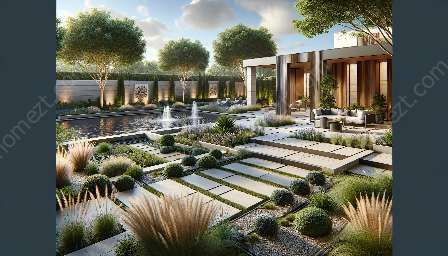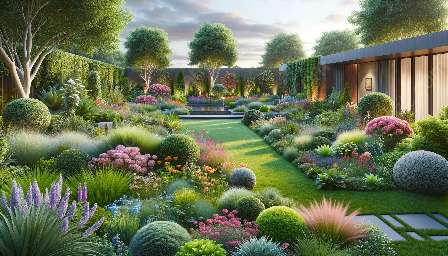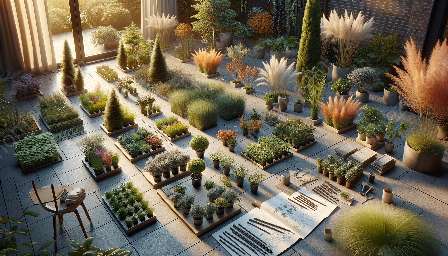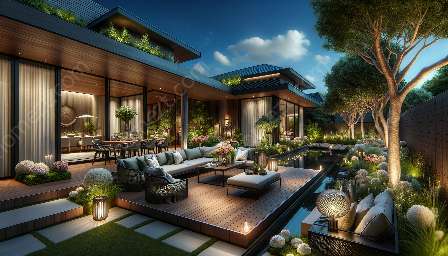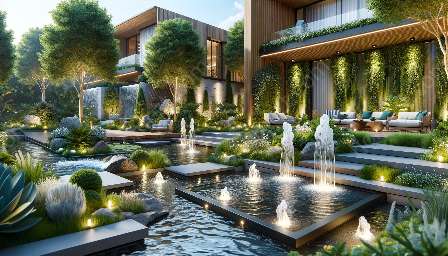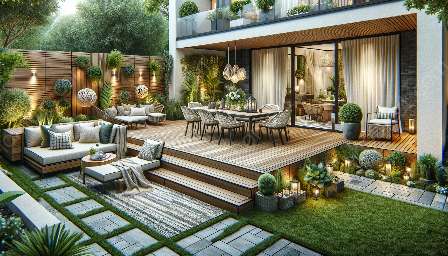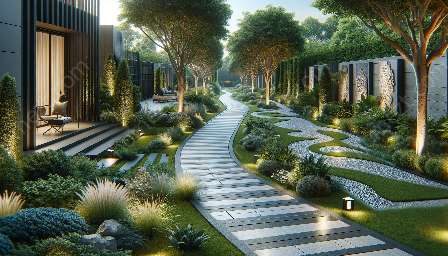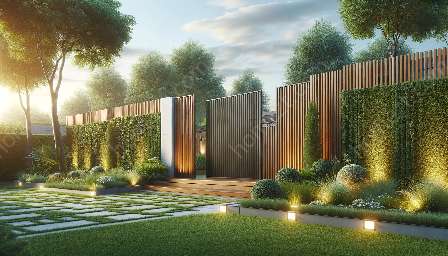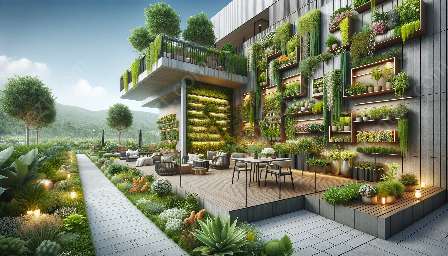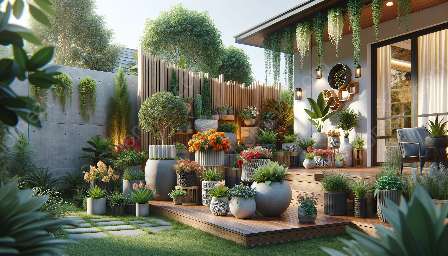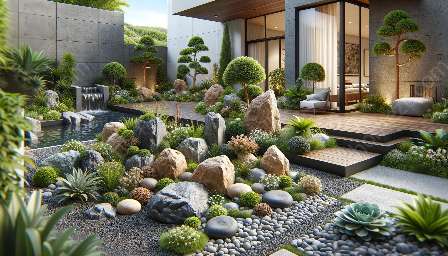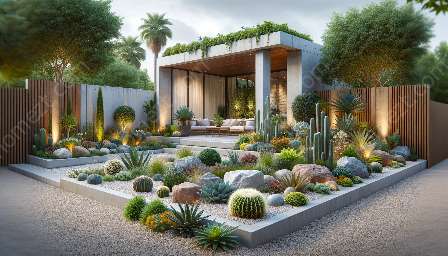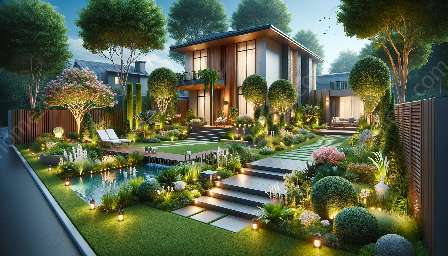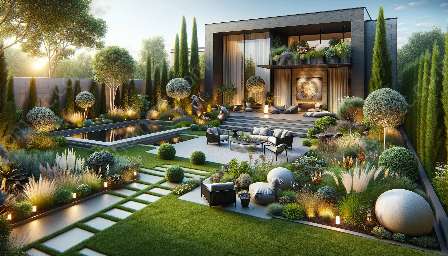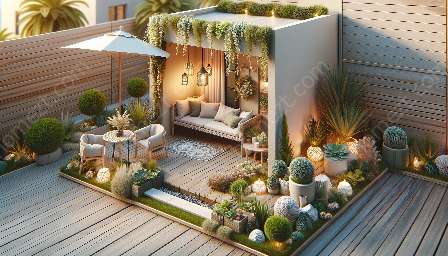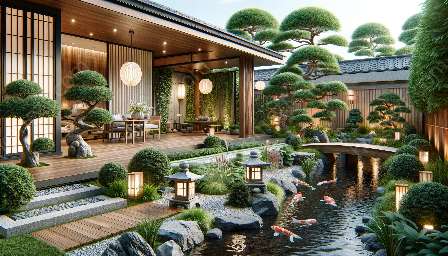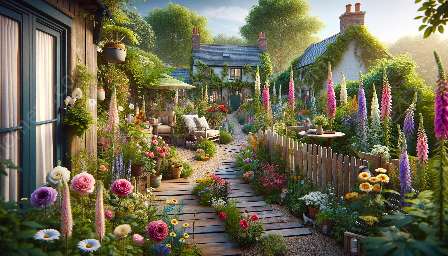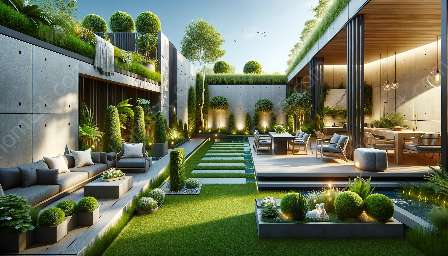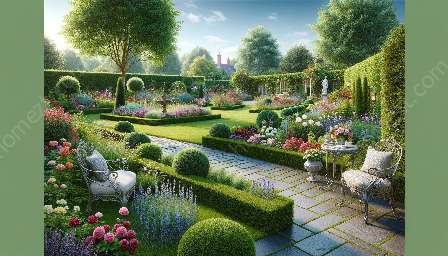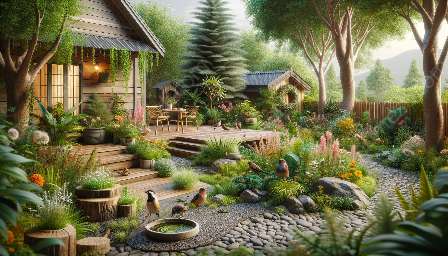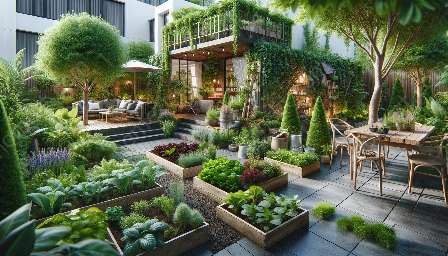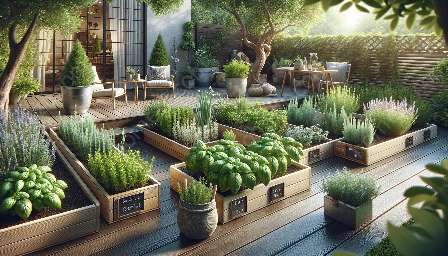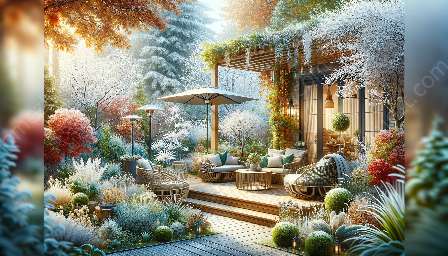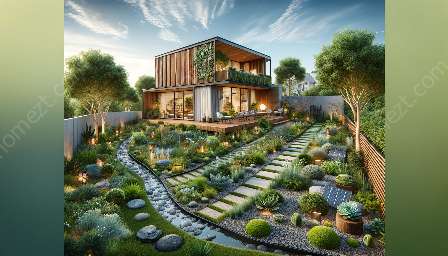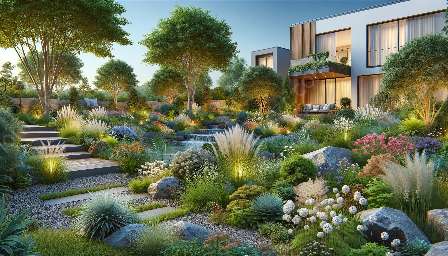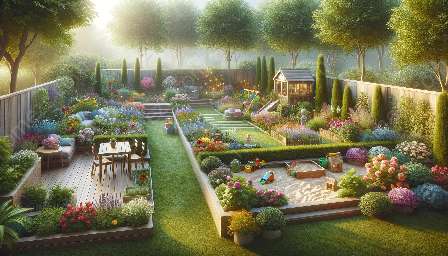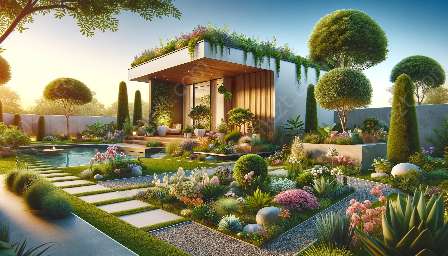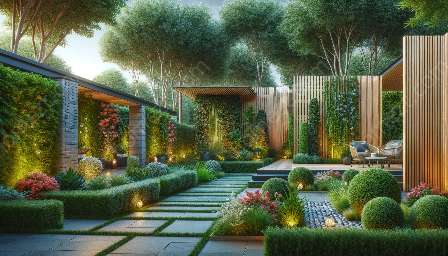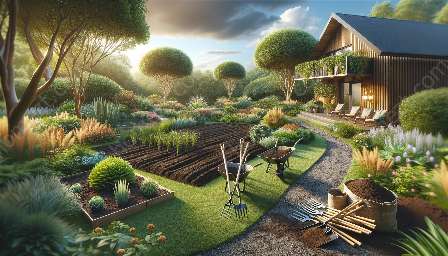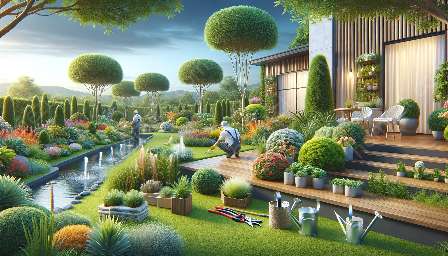Landscaping often revolves around the harmonious blend of colors and textures to create visually appealing and inviting outdoor spaces. Color schemes play a crucial role in this process, as they can evoke specific moods, create focal points, and contribute to the overall aesthetic appeal of a garden or yard.
Understanding the significance of color schemes in landscaping and how they integrate with landscaping ideas is essential for homeowners, gardeners, and landscape designers alike. By exploring this topic, we can unleash the potential of color in outdoor environments and discover the art of creating captivating landscapes.
The Impact of Color Schemes in Landscaping
Color schemes influence the atmosphere of a garden or outdoor space, and when implemented thoughtfully, they can significantly enhance the overall experience. Different color combinations can evoke various emotions and set the tone for the outdoor environment. For example, warm colors like red, orange, and yellow can create a vibrant and energetic atmosphere, while cool colors such as blue, green, and purple can instill a sense of calm and tranquility.
Moreover, the careful selection and arrangement of colors in landscaping can affect the perceived size and shape of outdoor areas. Lighter colors tend to create an illusion of spaciousness, while darker hues can add depth and create a more intimate setting.
Exploring Color Harmony
Harmonizing colors in landscaping involves understanding principles such as complementary, analogous, and monochromatic color schemes. Complementary colors, which are opposite to each other on the color wheel, create a striking contrast and can be used to draw attention to specific elements in the landscape. Analogous colors, which are adjacent to each other on the color wheel, offer a more harmonious and coherent look, ideal for creating a sense of unity and flow in the outdoor space. Monochromatic schemes, based on variations of a single color, can produce a sophisticated and elegant appearance.
Landscaping Ideas and Color Schemes
When integrating color schemes into landscaping ideas, it's important to consider various factors such as the existing plant palette, architectural elements, and the natural surroundings. The goal is to create a cohesive and balanced composition that complements both the built and natural environment.
One popular approach is to create color-themed gardens, where specific color schemes are used to evoke unique experiences. For instance, a serene white garden can create a sense of purity and peace, while a vibrant tropical-themed garden can transport individuals to exotic and lively settings.
In addition, color schemes can be strategically used to enhance specific features within the landscape, such as creating focal points, defining pathways, or accentuating architectural elements. Understanding the interplay between color and form allows for the creation of visually dynamic and engaging outdoor spaces.
Best Color Schemes for Landscaping
While the choice of color schemes ultimately depends on individual preferences and specific contexts, certain combinations have proven to be timeless and versatile. For example, pairing complementary colors like purple and yellow can create a visually stimulating and dynamic effect, while utilizing analogous colors such as blue and green results in a tranquil and cohesive ambiance.
Furthermore, incorporating neutral hues like white, beige, and grey can provide a sense of balance and act as a backdrop for vibrant blooms and foliage. These neutral tones also offer flexibility in adapting to changing trends and personal tastes, making them excellent choices for long-term landscaping solutions.
Conclusion
Color schemes in landscaping offer endless possibilities for creating captivating, inviting, and harmonious outdoor spaces. By considering the impact of color on emotions and spatial perception and by integrating color harmonies into landscaping ideas, individuals can transform their outdoor environments into personalized and beautiful retreats. Embracing the art of color schemes in landscaping allows for the orchestration of nature's palette, resulting in landscapes that are both aesthetically pleasing and emotionally enriching.

